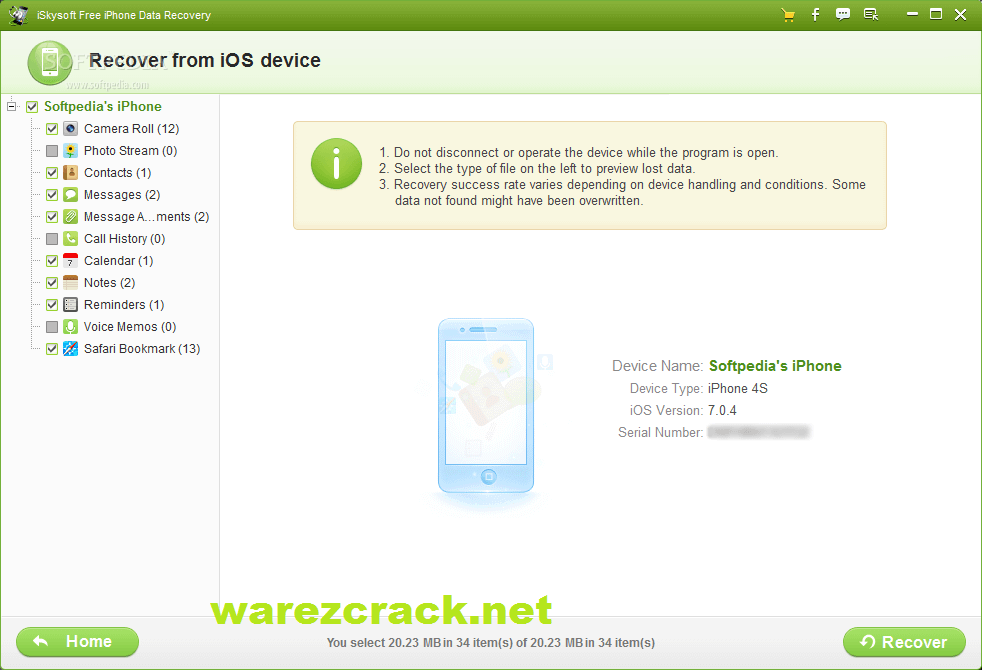Dunaevskij Zhurchat Ruchji Noti

The World Wide Web is having a profound effect on the availability of chemical information. A modern chemist may wish to know a variety of information about a given compound, including physical and chemical properties, molecular structure, spectral data, synthetic methods, known reactions, safety information, and systematic nomenclature. In the past, having access to such a range of information required a small library of different reference works because no single resource contained all this data.
 This was problematic in terms of both cost and physical space for storage. ChemSpider is a free, online chemical database offering access to the type of information described in the previous paragraph for almost 25 million unique chemical compounds sourced and linked out to almost 400 separate data sources on the Web. ChemSpider is not just a search engine layered on terabytes of chemistry data; it is also a crowdsourcing community for chemists who contribute their data, skills, and knowledge to the enhancement and curation of the database. ChemSpider, therefore, resembles Wikipedia by encouraging participation and contributions from the community. ChemSpider was created as a hobby project by one of the authors (A.W.) and a few associates. Its success in permeating the domain of online chemistry and its contributions to community-based chemistry attracted the attention of the Royal Society of Chemistry (RSC), which acquired the system in May 2009. This purchase made good sense because ChemSpider gained major infrastructure support and access to a wealth of materials provided by the RSC: journals, books, supplementary materials, and databases.
This was problematic in terms of both cost and physical space for storage. ChemSpider is a free, online chemical database offering access to the type of information described in the previous paragraph for almost 25 million unique chemical compounds sourced and linked out to almost 400 separate data sources on the Web. ChemSpider is not just a search engine layered on terabytes of chemistry data; it is also a crowdsourcing community for chemists who contribute their data, skills, and knowledge to the enhancement and curation of the database. ChemSpider, therefore, resembles Wikipedia by encouraging participation and contributions from the community. ChemSpider was created as a hobby project by one of the authors (A.W.) and a few associates. Its success in permeating the domain of online chemistry and its contributions to community-based chemistry attracted the attention of the Royal Society of Chemistry (RSC), which acquired the system in May 2009. This purchase made good sense because ChemSpider gained major infrastructure support and access to a wealth of materials provided by the RSC: journals, books, supplementary materials, and databases.
Perivagal application of capsaicin (1% solution) is considered to cause selective degeneration of vagal afferent (sensory) C fibres and has been used extensively to examine the site of action of many gastrointestinal (GI) neuropeptides. A simple and practical synthesis of soluble hexa-peri-hexabenzocoronene (HBC) from readily available hexaphenylbenzene (HPB) is described. In this simple procedure, the substitution of the free para positions of the propeller-shaped HPB with tert-butyl groups and the oxidative cyclodehydrogenation to planar HBC is achieved in a one-pot reaction using ferric chloride both as a Lewis acid.
RSC also uses the ChemSpider database to expand the features in Project Prospect, a relatively new initiative in journal publication. Project Prospect, which is focused on semantic markup, won the 2007 ALPSP/Charlesworth Award for Publishing Innovation.
In conversations, the authors have heard ChemSpider described as the Google for Chemistry and a Wikipedia for chemists. In reality, and to add the confusing hyperbole, it is neither and both. By aggregating data from nearly 400 different data sources and connecting them by means of chemical structure as the primary record in the database, ChemSpider has been able to link Wikipedia, PubChem, Chemical Entities of Biological Interest (ChEBI) and The Kyoto Encyclopedia of Genes and Genomes (KEGG), chemical vendors, a patent database, and both open- and closed-access chemistry journals. Where possible, each chemical record retains the links to the original source of the material, thereby associating a microattribution. These links let a ChemSpider user source information of particular interest, including where to purchase a chemical, chemical toxicity, metabolism data, and so on. Aggregating that level of connected information via a classical search engine such as Google would be very time-consuming.